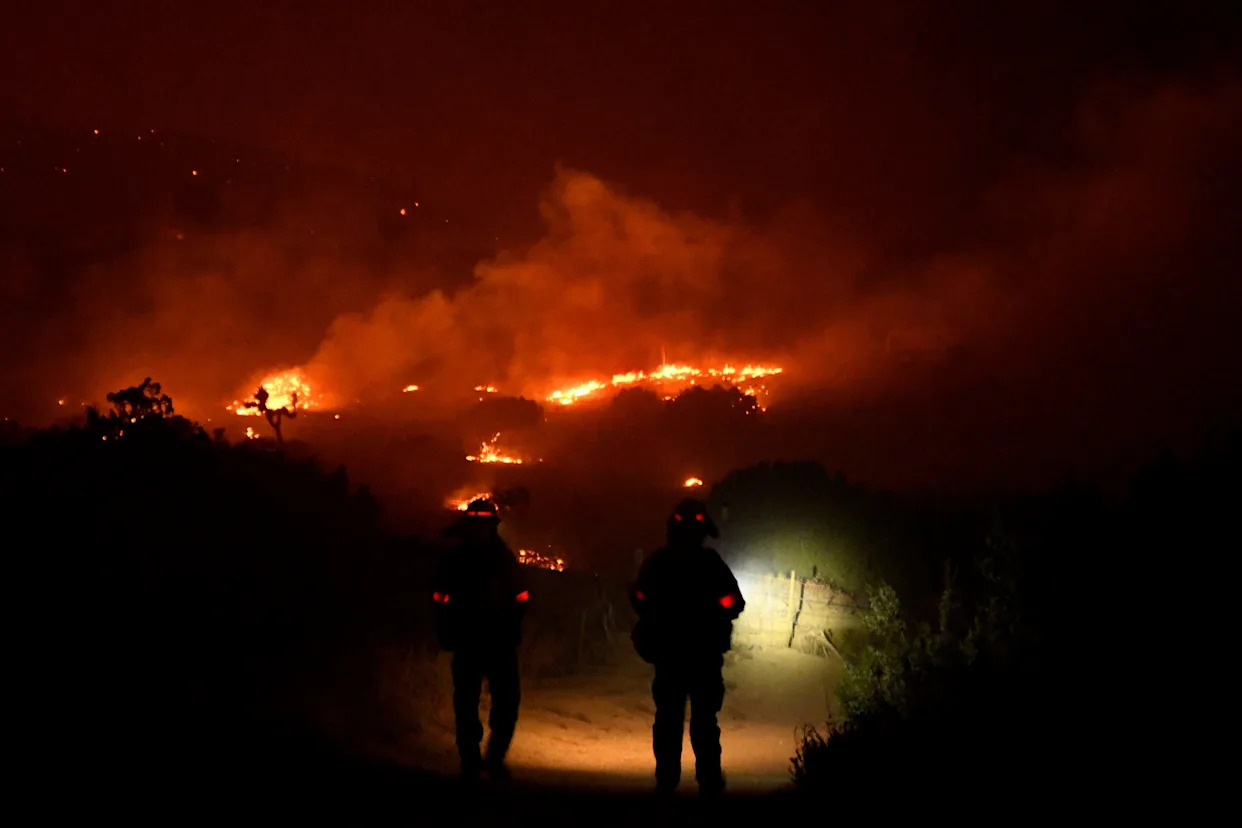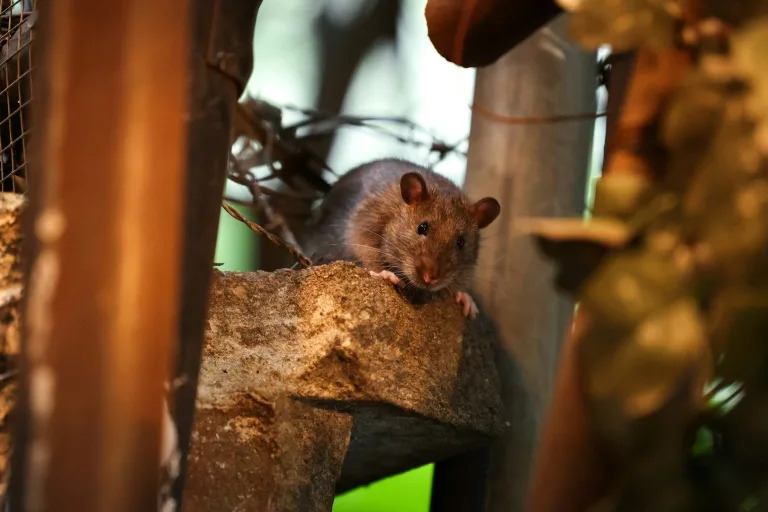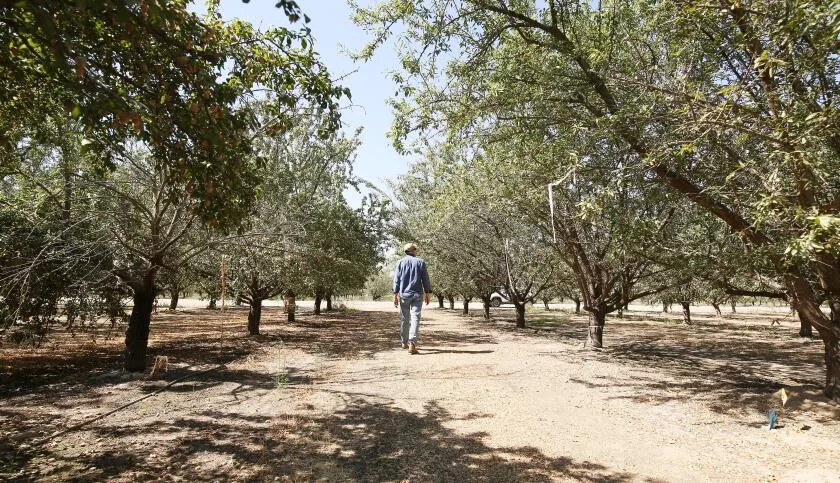
As a series of late summer wildfires hit California, a new study published in JAMA by researchers from Boston University's School of Public Health and the University of Helsinki found that the January 2025 wildfires in Los Angeles County may have caused at least 440 deaths, far exceeding the 31 fatalities officially recorded by California authorities.
Using excess mortality modeling previously applied to COVID-19, the researchers found a 7% spike in deaths between Jan. 5 and Feb. 1. The two largest fires—the Palisades Fire and the Eaton Fire—ignited on Jan. 7 and burned over 50,000 acres, destroying nearly 16,000 homes and businesses before containment on Jan. 31.
“Our study demonstrates that wildfires can have large short-term mortality impacts,” said Eugenio Paglino, lead author and postdoctoral researcher at the University of Helsinki. “Direct estimates based on cause-of-death coding should be complemented with statistical methods to gain a more complete picture of the mortality consequences of wildfires and other natural disasters.”
Here's what to know about the study and what it might mean for responses to future California fires.
Study could change way wildfire fatalities are tracked
The study’s senior author, Andrew Stokes, associate professor of global health at Boston University, emphasized the urgency of moving beyond traditional disaster metrics:
“Official death tolls often miss the broader health consequences of disasters like wildfires. With this study, we aimed to deliver a timely, data-driven estimate of the true toll—one that includes the hidden impacts of wildfire smoke, disrupted care, and system strain," he said.
“Our findings reveal that the true human toll of wildfires far exceeds the visible destruction. The lives lost are not just statistics — they were grandparents, neighbors, workers, and caregivers.”
Study coauthor Rafeya Raquib added:
“As wildfires become more common, it’s important to improve mortality surveillance tools to investigate gaps in climate policy.”
What are the dangers of wildfire smoke?
Exposure to wildfire smoke has been linked to asthma, COPD, and other respiratory conditions, the study found. Residents were likely exposed to asbestos, microplastics, and other toxins from burning vehicles and household items.
Related: Here's how to keep wildfire smoke from out of your home
“These extreme events could expose tens of millions of Americans to dangerous levels of air pollution on a recurring basis,” said Gregory Wellenius, director of Boston University's Center for Climate and Health, who was not involved in the study. “This study reminds us that official figures frequently fail to capture the full extent of the harm and loss caused by these disasters.”
How to keep wildfire smoke out of your home
USA TODAY interviewed two indoor air quality experts in 2023 who offered the following advice on how to keep wildfire smoke out of your home:
"If the air quality outdoors is really bad, stay indoors as much as possible," says William P. Bahnfleth, an engineer and professor of architectural engineering at Penn State University. "If you must go out in the smoke wear an N95 mask outdoors, and avoid heavy exertion."
Because staying indoors is your best protection from toxic smoke, experts recommend giving your house a wildfire checkup.
Professor of Civil and Environmental Engineering at Virginia Tech Linsey Marr says, "The overall goal is to keep the outdoor air outside and to clean the indoor air as much as possible." Marr and Bahnfleth offer these tips:
How to filter out wildfire smoke in your home
◾ Keep your windows closed.
◾ “If your system brings in outdoor air, turn off the outdoor air supply. Outdoor air is often brought in by an energy recovery ventilator that can be switched off independently,” says Bahnfleth.
◾ If you have central HVAC, put in the highest efficiency filters that they can accommodate (MERV 11 or higher desired), and set the fan to run continuously. Residential HVAC systems usually recirculate air and do not bring in outdoor air so by running the fan you are using the system as a whole-house air cleaner.
How to improve the air inside your home during a wildfire
◾ Run bathroom and kitchen exhaust fans only as needed. They end up pulling outdoor air into other parts of the residence.
◾ If you have a portable air filtration unit, like a HEPA air purifier that removes particles from the air, run it on high.
◾ If you have a window-mounted air conditioning unit, check to see that the filter is installed correctly. Run it with the fan on high to circulate air through the filter and remove as many particles as possible. Most units use recirculated air only and do not pull in outdoor air. A small minority have a setting that allows you to control the amount of outdoor air, and you should set these to zero outdoor air.
USA TODAY contributed to this story.
This article originally appeared on Palm Springs Desert Sun: California wildfires may have killed 440 people in 2025, study finds






Comments